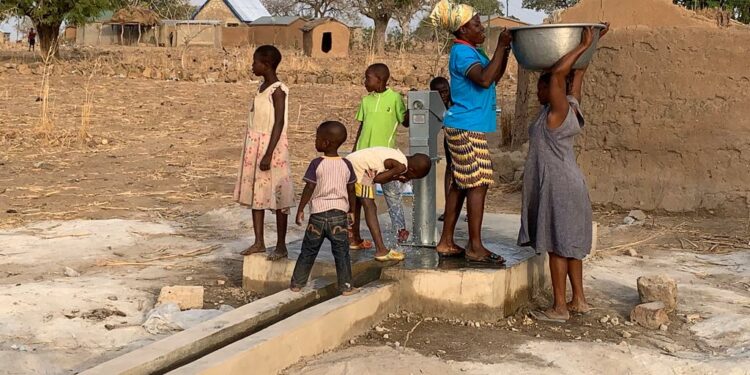Nabdam District tops Ghana’s Multidimensional Poverty Index revealing stark disparities
This revelation underscores the pressing need for targeted interventions and policy measures to address and mitigate multidimensional poverty in the Nabdam District and other areas facing pronounced disparities.
- Advertisement -
Per recent data from the Ghana Statistical Service (GSS), the Nabdam District in the Upper East Region has emerged with the highest rate of multidimensional poverty among all 261 districts in Ghana, standing at a staggering 68.6 percent.
This unsettling statistic was disclosed in the comprehensive Multidimensional Poverty Index Scorecard presented by the GSS as part of the commemoration of the 2023 African Statistics Day on Tuesday, November 21, 2023.
- Advertisement -
The rate in Nabdam is notably 11 times higher than the lowest recorded rate of 6.3 percent in the Asokwa Municipality of the Ashanti Region.
- Advertisement -
The GSS report underscores significant disparities across districts, with 55 of them, encompassing both rural and urban settlements, exhibiting a minimum difference of 20.0 percentage points in the incidence of multidimensional poverty. Kwahu Afram Plains North displayed the highest disparity, with a significant difference of 38 percent.
The GSS findings also emphasize a gender disparity, stating that “In nine out of every ten districts, multidimensional poverty is more prevalent in female-headed households compared to those headed by males.”
- Advertisement -
The multidimensional poverty indicator used by the GSS is a non-monetary deprivation measure, comprising 13 indicators across four dimensions: living conditions, education, health, and employment.
District scorecards provided by the GSS offer detailed statistics on the proportion of the population within each district living in multidimensionally poor households, along with their ranking relative to other districts in the region and across the entire country.
These scorecards also highlight specific areas in which poor individuals in each district are most deprived. The data source for these insights is the 2021 Population and Housing Census, according to the GSS.
This revelation underscores the pressing need for targeted interventions and policy measures to address and mitigate multidimensional poverty in the Nabdam District and other areas facing pronounced disparities.
Source:norvanreports
- Advertisement -


